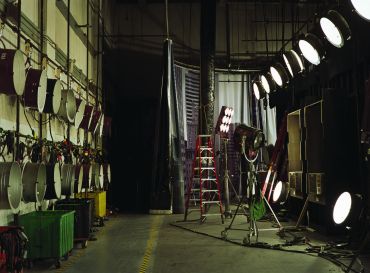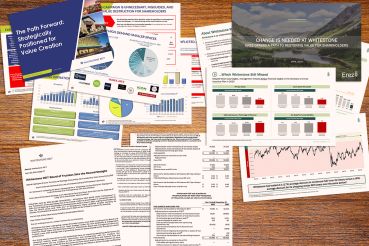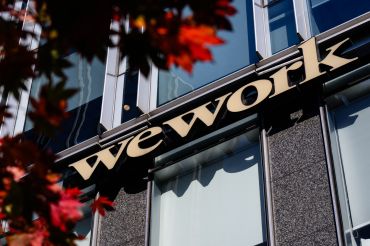Nationwide Apartment Vacancy Rate Ticks Up, as NYC’s Declines
By Rebecca Baird-Remba August 2, 2023 11:43 am
reprints
The vacancy rate for rental apartments nationwide ticked up to 5 percent in the second quarter of 2023, while New York City’s vacancy rate dropped to 3.1 percent, making it the lowest vacancy rate of any major city in the U.S., according to a new CBRE (CBRE) report.
New York City’s vacancy rate in the second quarter was even lower than its long-running historical average of 3.5 percent, the brokerage found. However, New York City’s metropolitan area also delivered more housing than any other major market, with 27,400 apartments completed over the past year, accounting for 8 percent of the national total.
In the second quarter, developers in the tri-state area finished 6,600 apartments, of which 2,800 have been leased and occupied. But those second-quarter completion figures are just a drop in the bucket of the city’s 3 million-unit residential market, making up just 1 percent of its overall inventory. The tri-state area also had negative net absorption of 3,000 apartments over the past year, meaning that the city and its suburbs had 3,000 fewer occupied apartments in the second quarter of 2023 than the same period in 2022.
Washington’s metro region saw the second-highest number of apartments completed in the past year, at 17,300 units, 5,800 of which are rented and occupied. The other heavy hitters adding housing supply were mostly in the Sun Belt, including Dallas; Orlando, Fla.; Phoenix; Austin, Texas; and Houston, with Minneapolis as a regional outlier. Denver; Seattle; Nashville, Tenn.; Charlotte, N.C. ;and Atlanta were also on the list of the top 20 cities adding the most housing.
Matt Vance, an economist and multifamily researcher at CBRE who authored the report, noted that many of the Sun Belt cities adding significant amounts of new housing will be more vulnerable if a recession occurs this year or next year. Cities like Phoenix, Las Vegas and Sacramento, Calif., are already starting to see declining rents, he said, as developers and landlords compete for tenants amid a glut of new supply.
Even Austin, which experienced rent spikes amid unprecedented demand for apartments in 2021, is starting to see negative rent growth because of a plethora of new construction. The multifamily rental winds had begun to shift in some of these cities as early as last year, according to Vance.
“What is typically the busiest leasing season of the year last year [the spring and summer] turned negative in Q2 and even more negative in Q3,” he said. “We looked at the waning consumer confidence, economic headwinds. It caused people to make more conservative financial decisions, including about renting apartments.”
Some landlords in the South and the Mountain West may be in for a rude awakening. Average rents nationwide shot up a record 15 percent in the first quarter of 2022, but they have slowed to a 2.7 percent increase in the second quarter of 2023, which is in line with pre-pandemic rents.
“We expect a slower economic period going into this year and next year,” said Vance. “We don’t think demand will keep pace with supply. Vacancy will go a little higher and that will weigh more on rent growth.”
The Northeast and Midwest had faster rent growth this quarter than other parts of the country, gaining 4.4 and 4.3 percent year-over-year respectively. Madison, Wis., saw the biggest rent growth increase of any market CBRE tracks, with a spike of 9 percent compared to last year.
The Southeast, meanwhile, saw 2 percent rent growth year-over-year, compared to 4.9 percent last quarter, in an indicator of what’s to come for the Sunbelt. The Mountain West was the only region with negative rent growth, at a 0.9 percent decline year-over-year.
Rebecca Baird-Remba can be reached at rbairdremba@commercialobserver.com.


